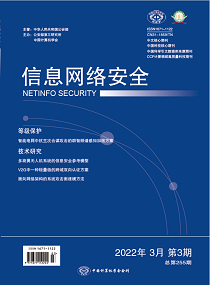With the rapid increase in number of IoT devices and the continuous expansion of the applications range, the issue of information security of IoT devices has attracted more and more attention. PUF provided new ideas for solving data security issues in the operation of IoT devices. In order to solve the problem of insufficient number of challenge-response pairs in weak PUF and excessive resource consumption in strong PUF, a strong PUF consisting of the weak PUF, BCH code and LFSR is proposed, which has the advantages of high reliability, high uniqueness and less resources. The strong PUF with 128-bit response was implemented on a 40nm Alinx FPGA. With a 128-bit BCH code structure, the reliability of the strong PUF output response reaches 100%, and the uniqueness reaches 49.83%. Compared with L-PUF, the reliability of this PUF is increased by 3.7%, and the uniqueness is increased by 0.08%.

